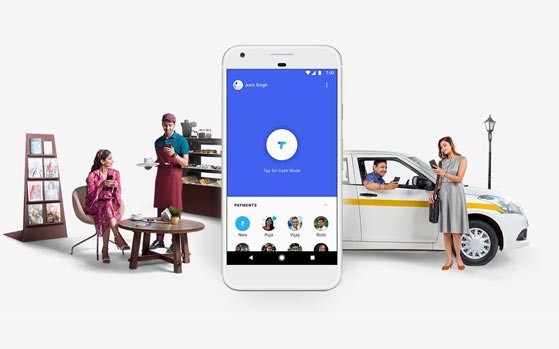I am definitely a fan of the undisputed minimalist design. So, whenever the opportunity presents itself to reduce the information presented on the screen, I do it with great pleasure. But people
realized very quickly based on experience, that there are certain actions that users learned through repeated execution of tasks. That’s why very often we resort to the use of labels, tool tips, etc. From there, users know what to do and where to go. However, this can often lead to some confusion and visual clutter, especially when we spend time on our mobile device or on applications with a ton of logos and ugly design.
A study by Nielsen Norman Group, shows that the best approach to bypass this problem would be to go slowly: start with the original logo at baseline and implement changes step by step. In addition, it is recommended, and more efficient to test your changes through user testing, instead of just throwing what you consider to be a decent job and will be accepted by all. This way, you will avoid forcing your users to join your view of design, you can even lose them.
One of the most recommended implementation methods of NNG, is to use the method of: Progressive Reduction (PR), the idea is that users become familiar over time with changes in the application.
The secret of it all
To understand why the “Progressive Reduction” is a good idea, you must understand where it comes from. Basically, the culture of the reduction has its roots in Flat Design where we remov everything unnecessary and cumbersome for the user, in order to achieve a design that would be characterized as “honest”.
The problem is that designers spend a lot of time on the development of a global design, and over time they always end up reaching a pro user oriented design. Therefore, it always turns to UI design without much superfluous.
However, keep in mind that the trends of users change frequently. To remedy this problem, we can use PR to achieve the minimal UI we want, and keep the maximum convenience for our users. In addition, we can go further in terms of putting UX explanations to least used features and remove these explanations for the most used features.
How to improve the experience of loyal users
The best way is to start with a minimal interface, and build from there. However, if you are on a large complex project, you must first ensure you simplify complexity before attacking the PR component, otherwise, the contribution of PR is really minimal.
Regardless of where you begin your project, once you have your “base”, identify the key features of your application, the ones you want to cut, and assign levels to these characteristics.
Then, the most important is to control the use of your users about the new design, and compare your results with the previous design phase. From there, the best practice would be to develop a competency profile for each user. With this profile, you will be able to customize your application’s user interface to reduce aid to use.
One last thing to remember is the concept of loss of experience (Experience Decay). In other words, the jurisdiction of a user in the use of any product deteriorates over time in the absence of use. To account for this, steps should be taken to enable the interface to remain understandable, even after some time of inactivity. This can be easily achieved through the seen previously system level. If a user’s use frequency down, then the level of simplification of the interface will follow. The regression is necessary to balance the progression. Without it, you lose the ability to fully meet the dynamic changes in user behavior.
About the author –
Stephen Karsch is a technology geek, he loves everything about tech, high tech, computers and programming, more about him you can find on his social profiles on Pinterest and Vimeo.



